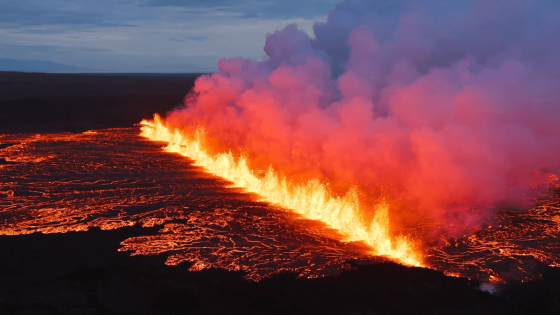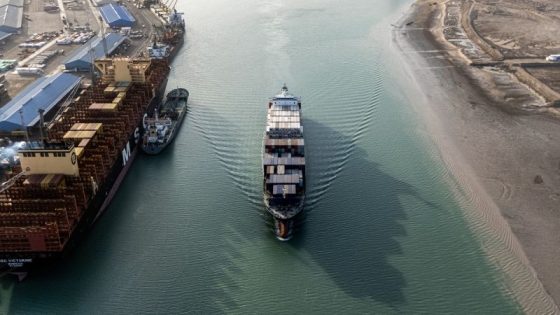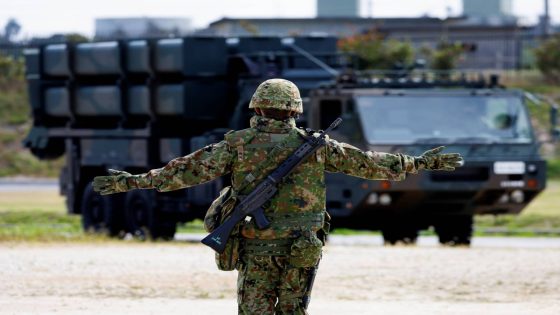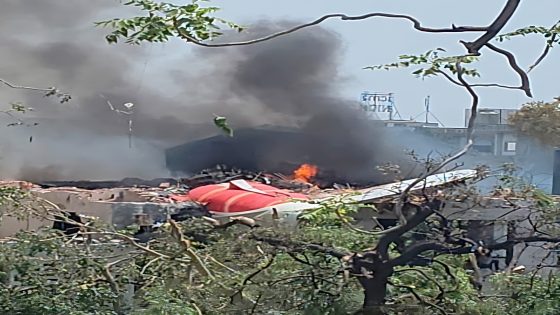Iceland is witnessing another volcanic eruption, adding to a series that began in 2021. On July 16, 2025, the Sundhnúksgígaröð crater erupted, releasing streams of molten lava and creating a dramatic fissure on the Reykjanes Peninsula.
- Iceland's latest volcanic eruption began July 16, 2025.
- Eruptive fissure extends 2.4 kilometers long.
- Seismic activity is decreasing at the site.
- "witch's hair" poses health risks to residents.
- Wildfires threaten local communities currently.
- Iceland enters a new volcanic era.
This latest eruption is particularly significant, as the fissure extends further north than any previous eruptions since late 2023. Drone footage captures the mesmerizing sight of bubbling lava and gas clouds rising into the atmosphere.
With the fissure measuring approximately 2.4 kilometers (1.5 miles) long, and a smaller fissure also reported, the volcanic activity poses challenges for local communities. Residents have been advised to stay indoors due to toxic gas emissions, raising concerns about health and safety.
This eruption raises vital questions about the future of Iceland’s volcanic landscape. Will these eruptions become a regular occurrence, and how will they affect local ecosystems and communities? Consider the following points:
- The current eruption is the twelfth since seismic activity resumed in 2021.
- Residents face health risks from toxic gases and volcanic glass fibers.
- Wildfires are emerging as a significant threat due to the eruption.
- This marks the beginning of a new volcanic era for the region.
As Iceland navigates this new geological chapter, it’s crucial for residents and visitors alike to stay informed and prepared for potential changes in the landscape and local conditions.































